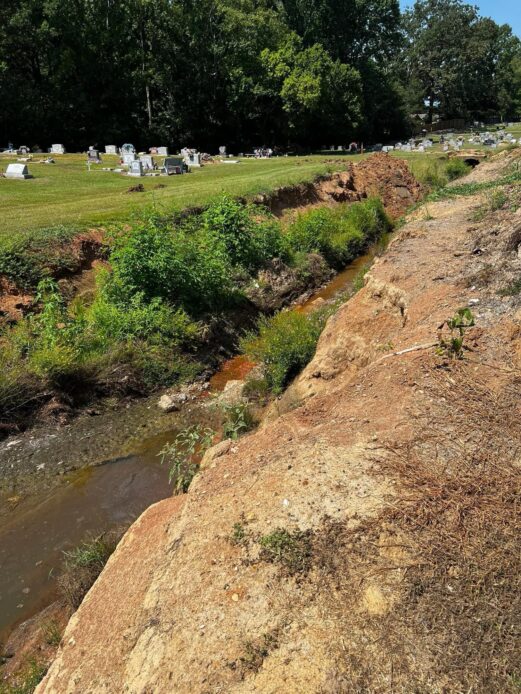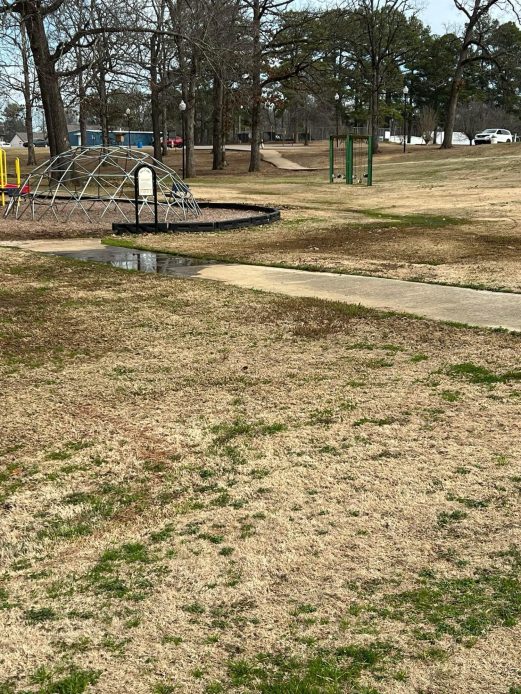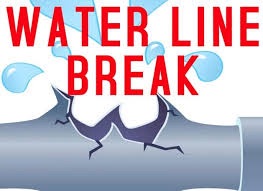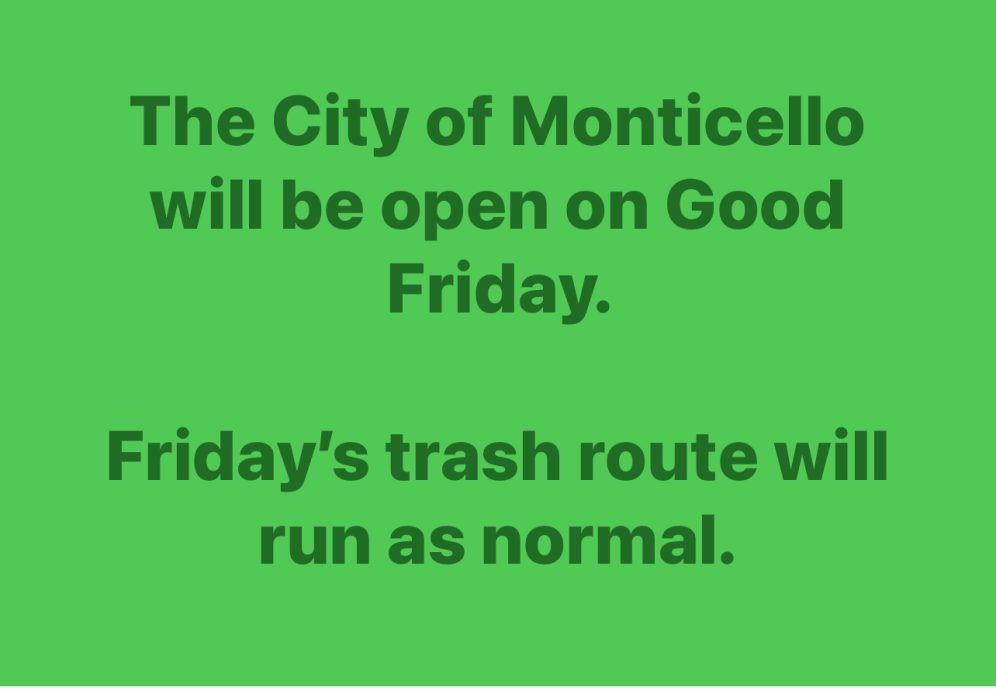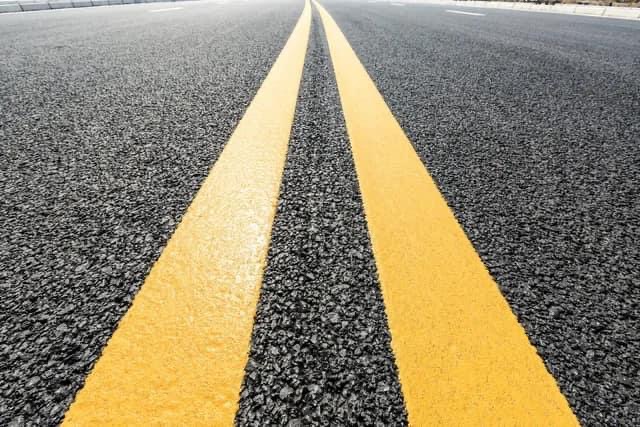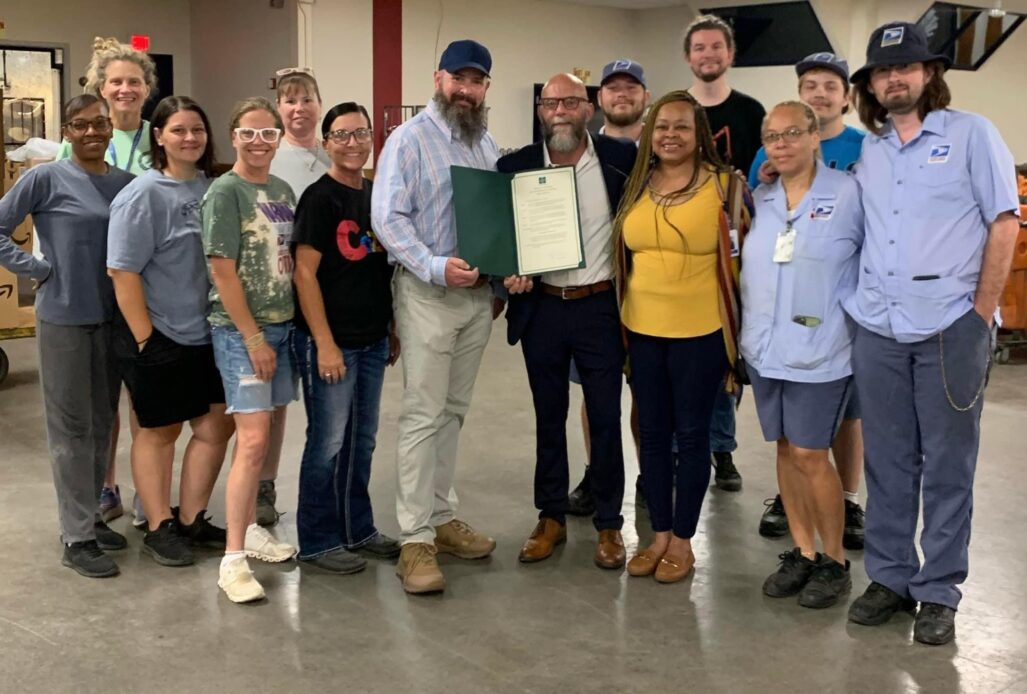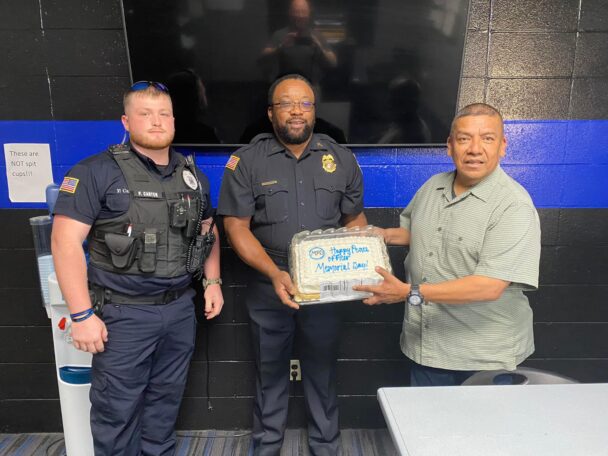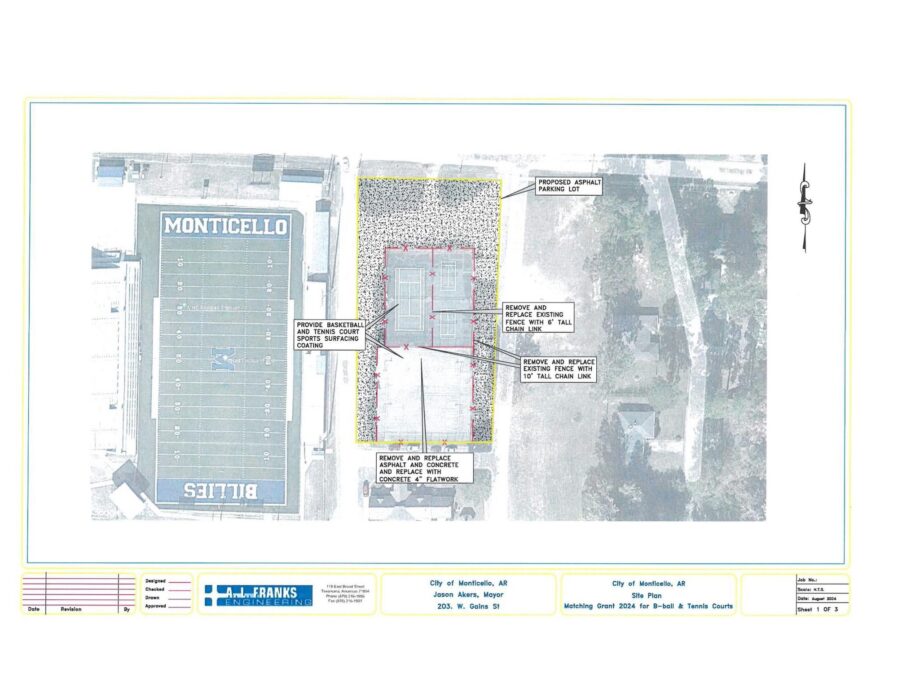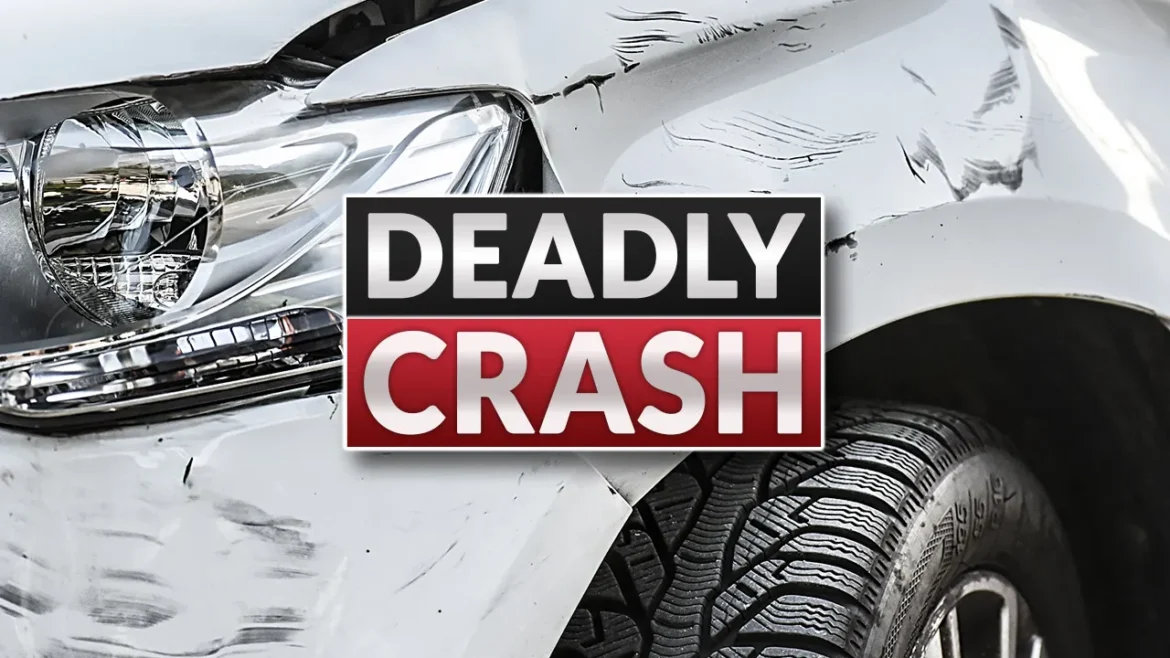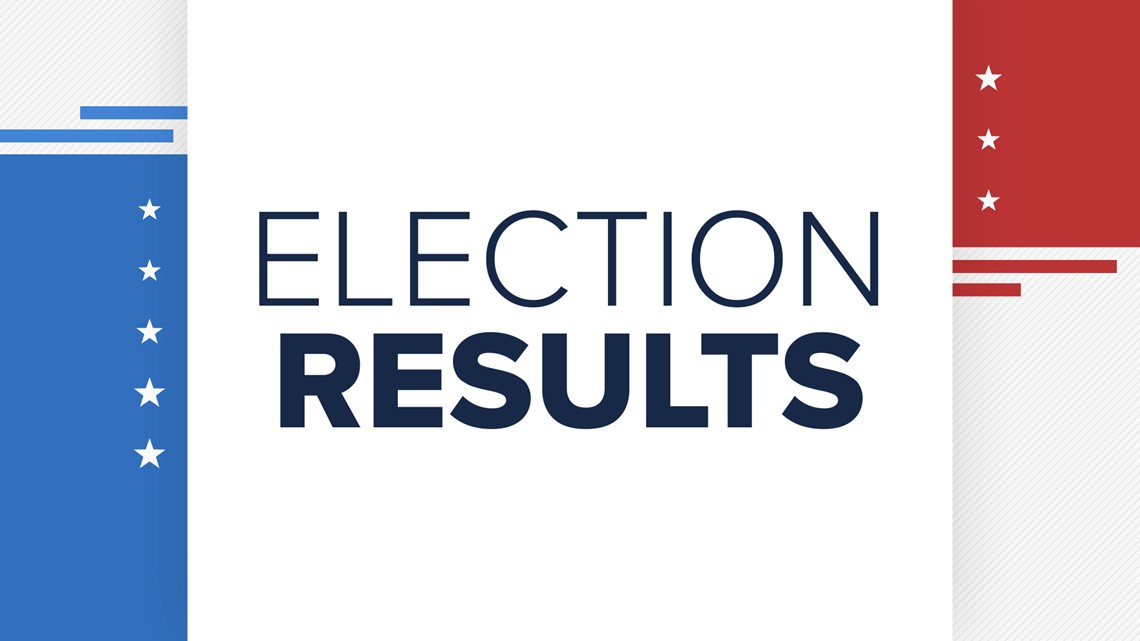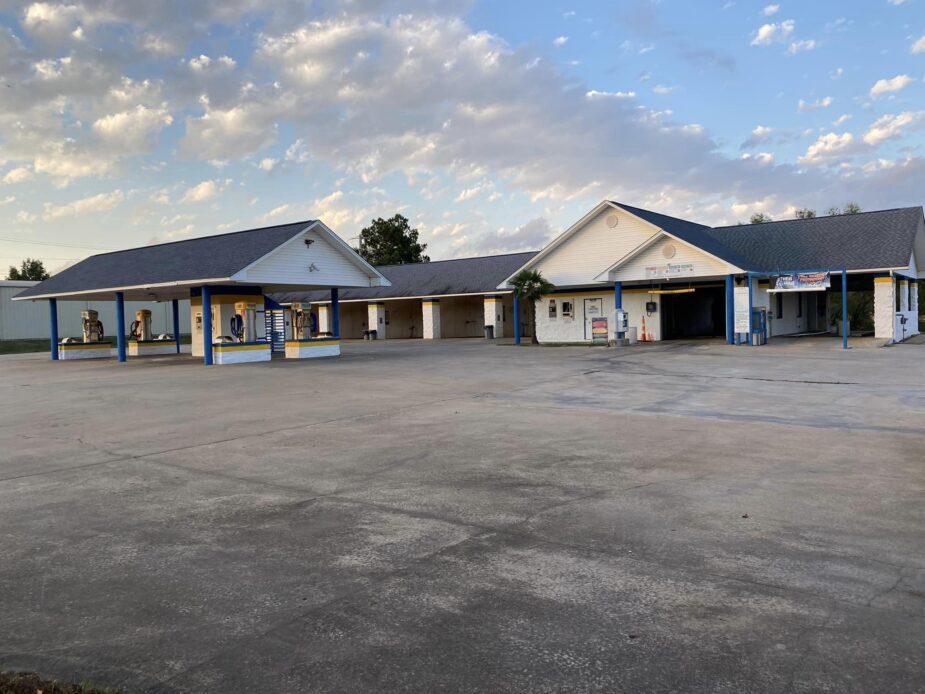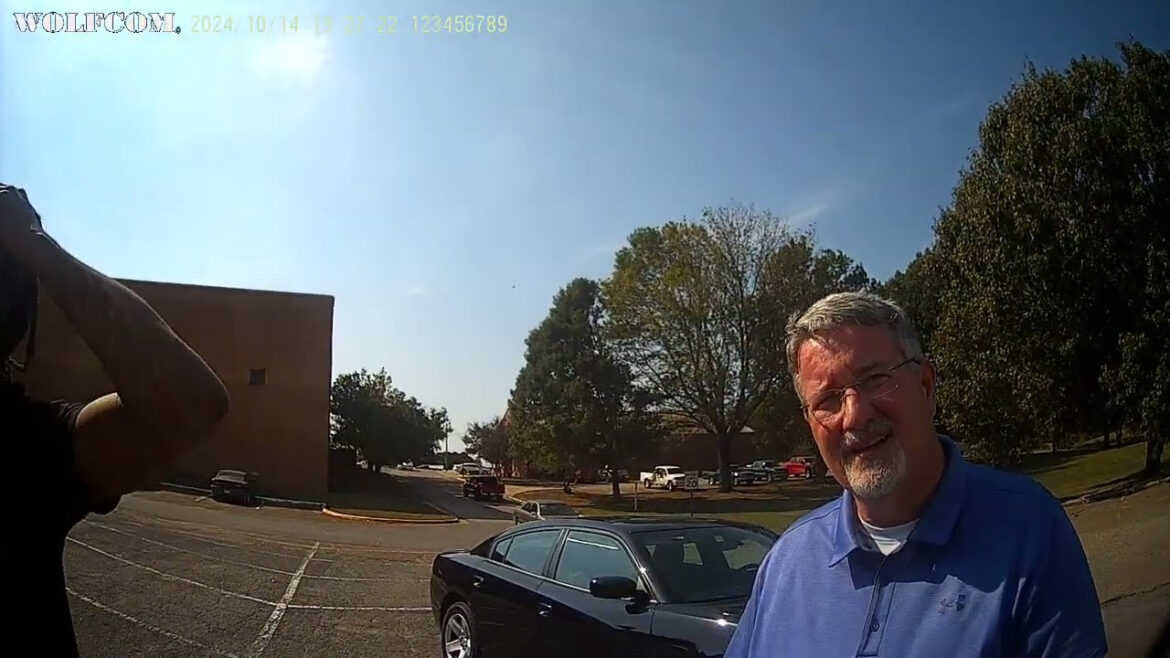
Posted below is the 2023 City Of Monticello Arkansas Annual Drinking Water Quality Report
We’re pleased to present to you this year’s Annual Drinking Water Quality Report. This report is designed to inform you about the quality water and services we deliver to you every day. Our goal is to provide you with a safe and dependable supply of drinking water, and we want you to understand, and be involved in, the efforts we make to continually improve the water treatment process and protect our water resources.
Where Does Our Drinking Water Come From?
The sources of drinking water (both tap water and bottled water) include rivers, lakes, streams, ponds, reservoirs, springs, and wells. Our sources of water are seven wells that pump from the Sparta Sand Aquifer.
How Safe Is The Source Of Our Drinking Water?
The Arkansas Department of Health has completed a Source Water Vulnerability Assessment for Monticello Water Department. The assessment summarizes the potential for contamination of our sources of drinking water and can be used as a basis for developing a source water protection plan. Based on the various criteria of the assessment, our water sources have been determined to have a medium susceptibility to contamination. You may request a summary of the Source Water Vulnerability Assessment from our office.
What Contaminants Can Be In Our Drinking Water?
Aswatertravelsoverthesurfaceofthelandorthroughtheground,itdissolvesnaturallyoccurringmineralsand, ni some cases, can pick up substances resulting from the presence of animals or from human activity. Contaminants that may be present in source water include: Microbial contaminants such as viruses and bacteria, which may come from sewage treatment plants, septic systems, agricultural livestock operations, and wildlife; Inorganic contaminants such as salts and metals, which can be naturally occurring or result from urban stormwater runoff, industrial or domestic wastewater discharges, oil and gas production, mining, or farming; Pesticides and herbicides which may come from a variety of sources such as agriculture, urban stormwater runoff, and residential uses; Organic chemical contaminants including synthetic and volatile organic chemicals, which are by-products of industrial processes and petroleum production, and can also come from gas stations, urban stormwater runoff, and septic systems; Radioactive contaminants which can be naturally occurring or be the result of oil and gas production and mining activities.
In order to assure tap water is safe to drink, EPA has regulations which limit the amount of certain contaminants in water provided by public water systems. Food and Drug Administration (FDA) regulations establish limits for contaminants in bottled water which must provide the same protection for public health.
Am I at Risk?
Al drinking water, including bottled water, may reasonably eb expected ot contain at least smal amounts of some c o n t a m i n a n t s . The presence of contaminants does not necessarily indicate that the water poses a health risk. However, some people may be more vulnerable to contaminants in drinking water than the general population. Immuno-compromised persons such as persons with cancer undergoing chemotherapy, persons who have undergone organ transplants, people with HIV/AIDS or other immune system disorders, some elderly, and infants can be particularly at risk from small amounts of contamination. These people should seek advice about drinking water from their health care providers. More information about contaminants and potential health effects can be obtained by calling the Environmental Protection Agency’s Safe Drinking Water Hotline at 1-800-426-4791. In addition, EPA/CDC guidelines on appropriate means to lessen the risk of infection by microbiological contaminants are also available from the Safe Drinking Water Hotline.
Lead and Drinking Water
If present, elevated levels of lead can cause serious health problems, especially for pregnant women and young children. Lead ni drinking water is primarily from materials and components associated with service lines and home plumbing. We are responsible for providing high quality drinking water but cannot control the variety of materials used in plumbing components. When your water has been sitting for several hours, you can minimize the potential for lead exposure by flushing your tap for 30 seconds to 2 minutes before using water for drinking or cooking. If you are concerned about lead in your water, you may wish to have your water tested. Information on lead in drinking water, testing methods, and steps you can take to minimize exposure is available from the Safe Drinking Water Hotline or at http://www.epa.gov/safewater/lead.
How Can I Learn More About Our Drinking Water?
If you have any questions about this report or concerning your water utility, please contact Andrea Chambers, Water Manager, at 870-367-3415. We want our valued customers to be informed about their water utility. If you want to learn more, please attend any of our regularly scheduled meetings. They are held on the fourth Tuesday of each month at 6:00 MP at the Monticello City Hal, at 203 West Gaines.
TEST RESULT S
We routinely monitor for constituents in your drinking water according to Federal and State laws. The test results table shows the results of our monitoring for the period of January 1st to December 31st, 2023. nI the table you might find terms and abbreviations you are not familiar with. To help you better understand these terms we’ve provided the following definitions:
Action Level – the concentration of a contaminant which, fi exceeded, triggers treatment or other requirements which a water system must follow.
Maximum Contaminant Level (MCL) – the highest level of a contaminant that is allowed in drinking water. MCLs are set as close to the MCLGs as feasible using the best available treatment technology.
Maximum Contaminant Level Goal (MCLG) – unenforceable public health goal; the level of a contaminant in drinking water below which there is no known or expected risk to health. MCLGs allow for a margin of safety.
Maximum Residual Disinfectant Level (MRDL) – the highest level of a disinfectant allowed in drinking water. There is convincing evidence that addition of a disinfectant is necessary for control of microbial contaminants.
Maximum Residual Disinfectant Level Goal (MRDLG) – the level of a drinking water disinfectant below which there is no known or expected risk to health. MRDLGs do not reflect the benefits of the use of disinfectants to control microbial contaminants.
Parts per billion (ppb) – a unit of measurement for detected levels of contaminants ni drinking water. One part per billion corresponds to one minute in 2,000 years, or a single penny in $10,000,000.
Parts per million (ppm) – a unit of measurement for detected levels of contaminants ni drinking water. One part per million corresponds to one minute in two years or a single penny in $10,000.



